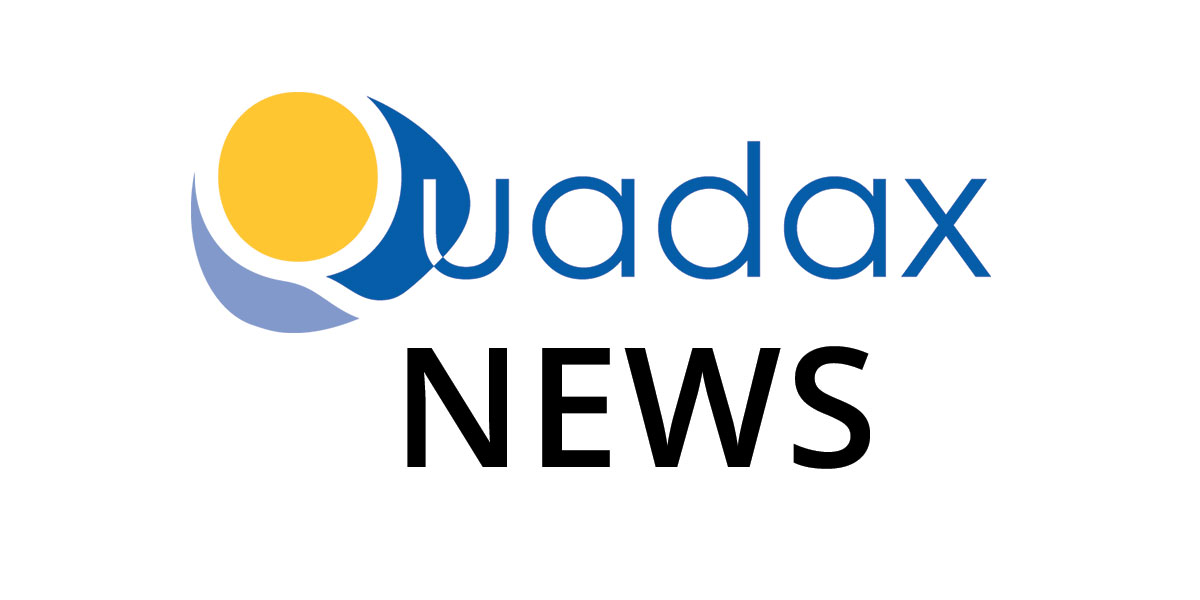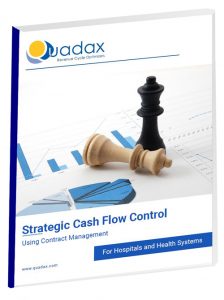In the Healthcare industry, mergers and acquisitions (M&A) are everywhere. Even among the revenue cycle vendors who serve the industry, consolidation is the new constant. But what does this mean for you and your healthcare organization?
When a merger occurs, the newly formed vendor conglomerate may choose to convert acquired clients to a single system rather than carry the cost of supporting multiple product platforms. Through no choice of your own, your organization may be faced with the cost of an unplanned RCM system conversion.
During M&A integration, customers from both companies will face changes. How these changes impact customer choices can immediately impact customer experience. When you chose your RCM vendor, you sought the software, service, and support that best met your healthcare organization’s needs. How will the changes you are being forced to make impact your revenue cycle and reimbursement needs?
If you are being forced to make a system change, do not feel trapped by your current RCM vendor. Take back control—consider all your options. Revisit your decision model. To get started, review the 8-Item Checklist for Picking the Right RCM Partner and the Top 5 Ways to Optimize RCM Management. Focus on those capabilities you need to successfully drive your organization’s mission: data analytics, operating efficiency, and technology integration.
Data Analytics – Put Your Data to Work
Look for an RCM solution that provides visibility into your revenue cycle so you can gain insight, take action, and deliver results. Select a solution where you can monitor KPIs and benchmarks to uncover actionable patterns in your billing and reimbursement data. Make sure it has an analytics front-end that presents easily-consumable dashboards and reports—visual charts and graphs—so you can quickly identify trends and quantify impact to make data-driven decisions.
Operating Efficiency – Take Control of Your Cash Flow
You need your revenue cycle to be a highly-functioning, results-oriented operation. Find an RCM solution that will automate your claims, fast-track your receivables, and coordinate your denials and appeals management efforts. All with configurable workflows that you control and customize.
Technology Integration – Connect Everything
The right RCM partner will have technology that interfaces seamlessly with your EHR. To promote seamless integration, your RCM solution should be able to support APIs, web services, and both standard and non-standard interface types—making data connections secure, controlling access with minimum necessary use while not impeding productivity. Find a vendor who combines smart technology with superior service.
Mergers and acquisitions favor the joining partners. Customers and clients can be in for a rocky transition, especially if vendors have not fully vetted their M&A integration plan. If you are facing an unplanned RCM system conversion due to vendor consolidation, why not choose the vendor that fits you best? Make the choice that serves your RCM needs today and in the future. That may, or may not be, your newly formed vendor conglomerate.
Optimize Unplanned Transitions – Choose Agile Stability
While considering your RCM options, you may want to learn more about The Quadax Advantage.Demonstrating agile stability in the midst of healthcare’s ever-changing ecosystem, Quadax delivers innovative RCM software, service, and support. An enduring industry expert, with more than 40 years of healthcare experience, we provide clients a continuity of excellence. Creating connections, providing intelligence, and equipping providers, Quadax can help optimize your revenue cycle.











